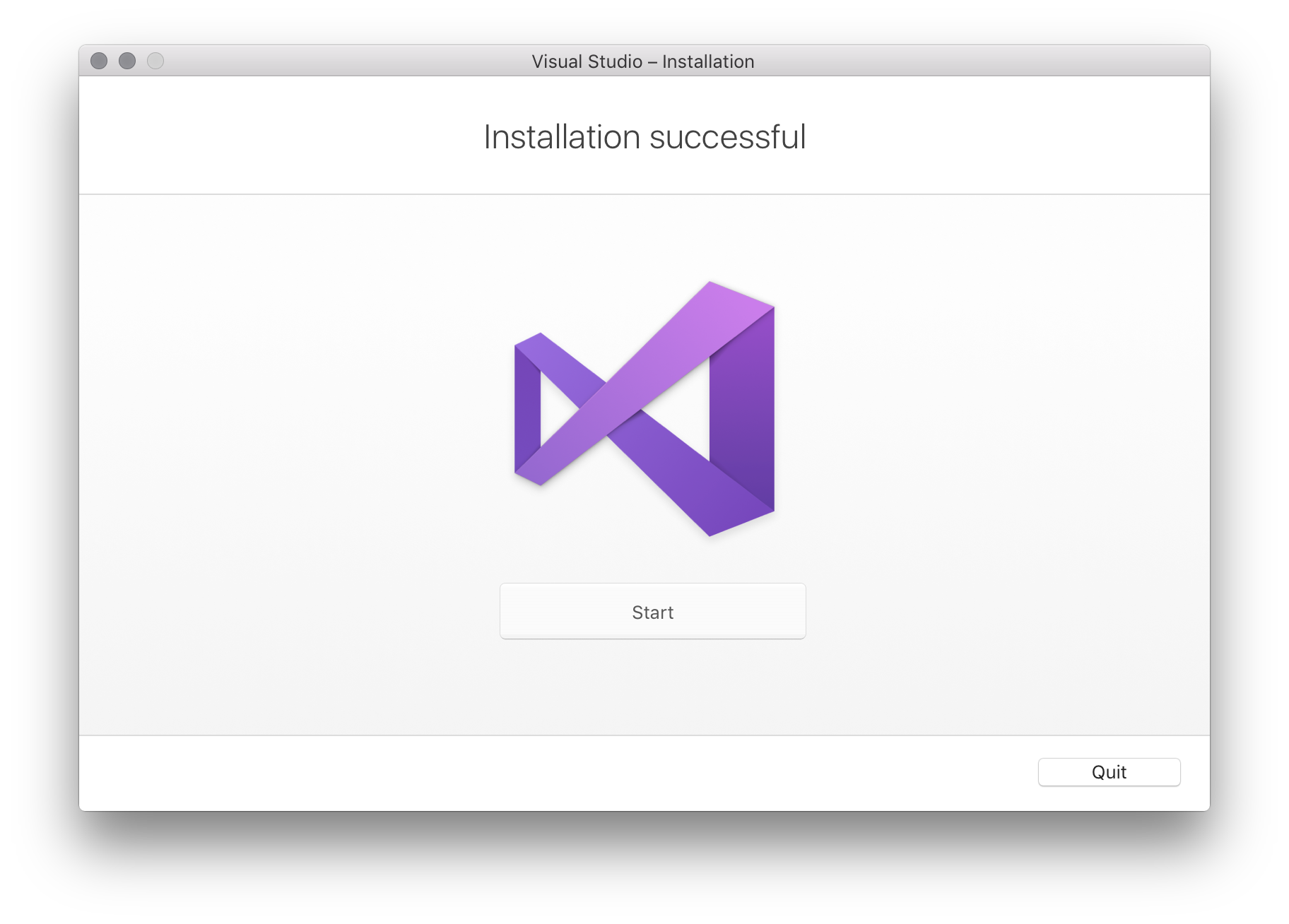
How to create USB installer for Mac OS X 10.11 El Capitan? Step 1: Run DiskMaker X, choose El Capitan when you are asked which version of OS X you want to make a boot disk. Step 2: Choose Select an Install file Step 3: Locate and selet El Capitan installer in Applications/ Step 4: Click An 8GB USB thumb drive Step 5: Select the right USB then click on Choose this disk. Acdsee mac free download - ACDSee Free, ACDSee, ACDSee, and many more programs.
I am not able to install and run fakes3 gem on El Capitan Beta 5.I tried: sudo gem install fakes3ERROR: While executing gem. Mechanize perl download for mac download. (Errno::EPERM)Operation not permitted - /usr/bin/fakes3Then I tried doing it the cocoapods way. It worked for cocoapods but not for fakes3. Mkdir -p $HOME/Software/rubyexport GEMHOME=$HOME/Software/rubygem install cocoapods.1 gem installedgem install fakes3ERROR: While executing gem.
(Gem::FilePermissionError)You don't have write permissions for the /Library/Ruby/Gems/2.0.0 directory. Disclaimer: @theTinMan and other Ruby developers often point out not to use sudo when installing gems and point to things like. That's absolutely true when doing Ruby development. Go ahead and use that.However, many of us just want some binary that happens to be distributed as a gem (e.g. Fakes3, cocoapods, xcpretty ). I definitely don't want to bother with managing a separate ruby.
Here are your quicker options: Option 1: Keep using sudoUsing sudo is probably fine if you want these tools to be installed globally.The problem is that these binaries are installed into /usr/bin, which is since El Capitan. However, you can install them into /usr/local/bin instead. That's where install its stuff, so it exists already. Sudo gem install fakes3 -n/usr/local/binGems will be installed into /usr/local/bin and every user on your system can use them if it's in their.
Option 2: Install in your home directory (without sudo)The following will install gems in /.gem and put binaries in /bin (which you should then add to your PATH). Gem install fakes3 -user-install -n/binMake it the defaultEither way, you can add these parameters to your /.gemrc so you don't have to remember them: gem: -n/usr/local/bini.e. Echo 'gem: -n/usr/local/bin' /.gemrcor gem: -user-install -n/bini.e.
Echo 'gem: -user-install -n/bin' /.gemrc( Tip: You can also throw in -no-document to skip generating Ruby developer documentation.). Looks like when upgrading to OS X El Capitain, the /usr/local directory is modified in multiple ways:. user permissions are reset (this is also a problem for people using Homebrew). binaries and symlinks might have been deleted or alteredEdit There's also a preliminary thing to do: upgrade Xcode. Solution for #1: $ sudo chown -R $(whoami):admin /usr/localThis will fix permissions on the /usr/local directory which will then help both gem install and brew install link.
Commands working properly. Solution to #2: Ruby based issuesMake sure you have fixed the permissions of the /usr/local directory (see #1 above)First try to reinstall your gem using: sudo gem install Note that it will install the latest version of the specified gem.If you don't want to face backward-compatibility issues, I suggest that you first determine which version of which gem you want to get and then reinstall it with the -v version. See an exemple below to make sure that the system won't get a new version of capistrano. $ gem list grep capistranocapistrano (3.4.0, 3.2.1, 2.14.2)$ sudo gem install capistrano -v 3.4.0Brew based issuesUpdate brew and upgrade your formulas $ brew update$ brew upgradeYou might also need to re-link some of them manually $ brew link.